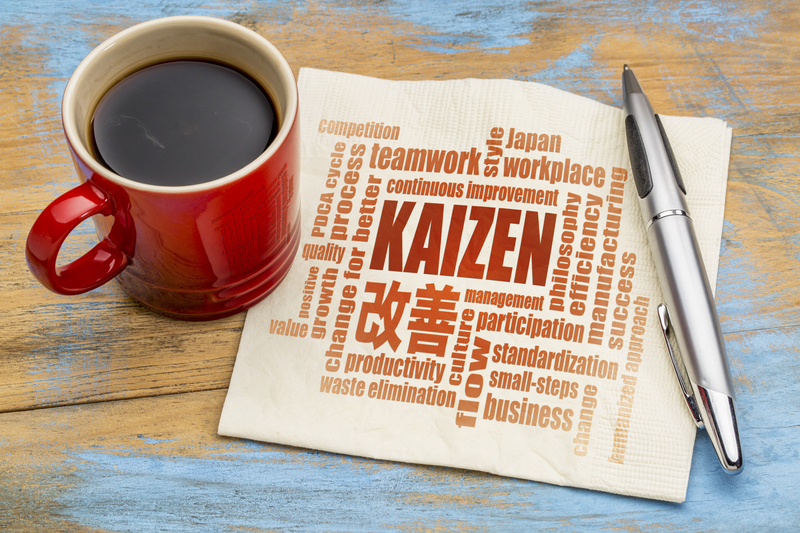
Kaizen refers to the general idea of improving business processes, and while there are many ways to go about this in the work of a modern government agency, understanding the principles behind Kaizen events and how they relate to the improvement process is a crucial aspect of the overall ordeal. Some leaders tend to face a lot of confusion with this topic, but one look through a simplified perspective is often enough to shed a lot of light on the situation.
Understanding Kaizen
As we mentioned above, Kaizen is simply the idea of introducing improvement in a certain process. It comes from Japanese business culture, and there are some established principles for how Kaizen should be carried out in an organization. There is typically strong emphasis on identifying the root cause of every optimization issue and addressing it directly, and Kaizen also places a lot of importance on the idea of verifying the results of your optimization after you’re done.
Identifying Kaizen Events
Kaizen events are simply events that drive process improvement in an organization. They can be either minor or major, depending on the scale on which the optimization takes place. It’s important to map out the existing process first and foremost when working with a Kaizen event, and a system for improving upon it directly should be developed.
It’s also important to consolidate all assets related to a certain process and its optimization. This can include things like tools and resources used in the daily work of the organization.
Optimizing Government Work
In many parts of the world, government agencies are notorious for their slow working pace and inability to address critical situations in an organized manner. This is one of the most promising areas for improvement in the work of those agencies as well, and there is no shortage of opportunities for streamlining the activities of many types of government employees.
Kaizen events have a very important place here, as they are a tool that can bring significant improvements to this type of working environment with relatively little effort, and they are also quite flexible in their customization as well. Considering that many of the issues found in the work of government organizations tend to boil down to an incorrect identification of the root cause of the problem, it should be clear how Kaizen events can improve this type of work in a systematic manner.
Detailing Processes
The way Kaizen events work makes them great when it comes to taking a deeper look into a process and breaking it down into fine details. This can be particularly useful in the context of government work, where there’s often a lot of need for in-depth, detailed analysis of every step of the process. This is often hard to achieve with other methodologies which may rely more heavily on a general high-level overview, making Kaizen processes ideal for those who want to introduce an even more detailed approach to their workflow.
This can be useful for future optimizations too, allowing the organization to reflect on its past practices and figure out what kinds of changes a new process may require in order to bring it up to speed with current requirements.
Conclusion
Kaizen events have a very important place in the optimization of government work, and we’re likely going to see them used more and more in this manner in the near future. It’s important to recognize the benefits they bring to the table in this regard, and to master their proper application, as utilizing Kaizen events is easily one of the best things an organization could do to make things flow more smoothly, especially in an environment as chaotic as government work.








No responses / comments so far.